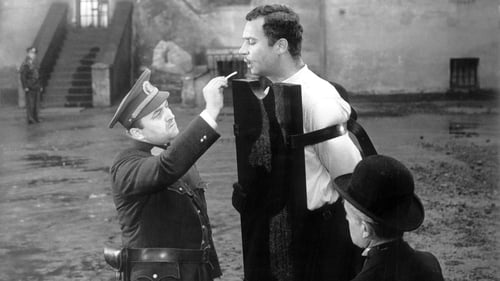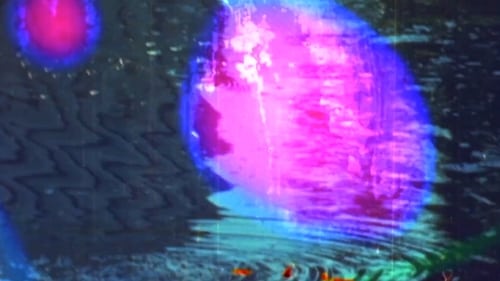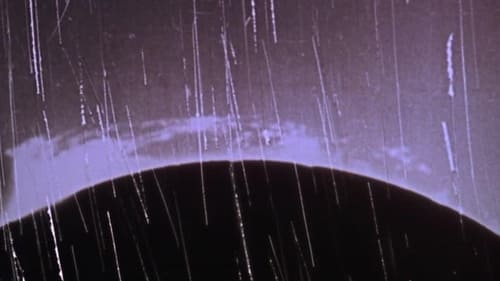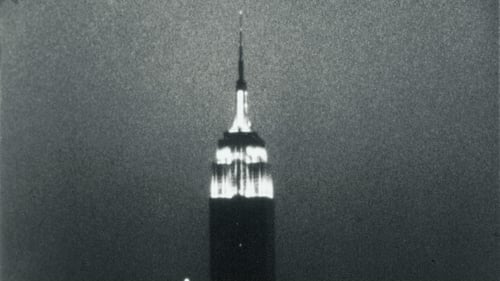Achromatic (2021)
Overwhelming bleakness.
Genre : Drama
Runtime : 1M
Director : Nico LePera
Synopsis
A perspective on everyday things.

A musical horror story about two young women who are stalked through a shopping mall by a cannibal. He follows them home, and here the victims become the aggressors.

Seemingly at random, the wings and other bits of moths and insects move rapidly across the screen. Most are brown or sepia; up close, we can see patterns within wings, similar to the veins in a leaf. Sometimes the images look like paper cutouts, like Matisse. Green objects occasionally appear. Most wings are translucent. The technique makes them appear to be stuck directly to the film.

A dark comedy about a murder and its consequences presented in a backwards manner, where death is actually a rebirth. The film starts with an "execution" of the main protagonist and goes back to explore his previous actions and motivations.

Tar pits form as petroleum seeps to the surface through fissures in the Earth’s crust, leaving viscous asphalt pools. To make Tar Pits Film, Jennifer West threw a strip of film into the La Brea Tar Pits in Los Angeles, still-bubbling asphalt pools which have seeped from the ground for tens of thousands of years. The film was then ridden over hot asphalt by a motorcycle and drenched in other substances including thick mayonnaise and body lotion.

In Manhattan's Central Park, a film crew directed by William Greaves is shooting a screen test with various pairs of actors. It's a confrontation between a couple: he demands to know what's wrong, she challenges his sexual orientation. Cameras shoot the exchange, and another camera records Greaves and his crew. Sometimes we watch the crew discussing this scene, its language, and the process of making a movie. Is there such a thing as natural language? Are all things related to sex? The camera records distractions - a woman rides horseback past them; a garrulous homeless vet who sleeps in the park chats them up. What's the nature of making a movie?

Consistent stylistic-thematic structures link and merge throughout the bewildering event chain. The distinction between organic forms and human artifacts is blurred by the visual style which is enigmatic without being ambiguous.

Collected as part of the Fluxfilm Anthology (a multi-reel compendium of 37 short films assembled by Fluxus founder and central operator George Maciunas), One captures the lifespan of a single match recorded at 2,000 frames per second using a 16mm high-speed camera. The frame rate is then decelerated to the standard 24fps for presentation. The film emphasizes each gesture, sway and flare of flame as the small pinewood carrier ignites across the landscape of the filmstrip and screen, signalling the drama and poetics of this ”minor” event before the fire is extinguished. One also stands as an unassuming beacon, immortalizing on film the essence of some of Ono’s early concerns as an artist. At the slightest touch of fire, they burst into flame. Strike everywhere. Strike often.

A creation myth realized in light, patterns, images superimposed, rapid cutting, and silence. A black screen, then streaks of light, then an explosion of color and squiggles and happenstance. Next, images of small circles emerge then of the Sun. Images of our Earth appear, woods, a part of a body, a nude woman perhaps giving birth. Imagery evokes movement across time. Part of the Dog Star Man series of experimental films.

An experimental short film by Walerian Borowczyk and Jan Lenica.

Experimental film consisting of a single static shot of the Empire State Building from early evening until nearly 3 am the next day.

At a peculiar dinner party, an actress tries to survive amidst visions of her darkest nightmares. Without the slightest notion of space-time, the bewildered actress faces her fears and addictions, lost between what could be real or a figment of her imagination, dinner takes on a life of its own.

100 basic images switching positions for 4000 frames.

A woman experiments with a Dreamachine, hoping to escape trouble. Within the light and dark of the machine, violent emotions awaken.

Walter Ungerer's A Warm Day Comes After A Cold Winter is among a series of experimental films the filmmaker created in the 90s that utilize computer animation and assorted "lo-fi" video artifacts.

Cut up animation and collage technique by Harry Smith synchronized to the jazz of Thelonious Monk's Mysterioso.

Two time-lapse sequences of boats in an estuary, the tide rising and falling.

A Zapotec man from the future tells the story of how in the 21st century a new invasion of “foreigners” was afflicting his village. While people in Europe were suffering a crisis that made them lose memory and a sense of their culture, a group of youth in his village in Oaxaca was trying to document their own culture by making a film during Carnival rituals. While the youth are pushed to invite a director from the city to come help them, ultimately changing their project to be a remake of Ingmar Bergman’s THE SILENCE, a Swedish woman comes exploring in search of magical lizards that could be the next remedy for memory crisis back home. Characters mix and stories blend into each other in this absurdist and melancholic lo-fi/sci-fi story narrated as oral history with multiple voices.

After a catastrophic global war, a young filmmaker awakens in the carnage and seeks refuge in the only other survivor: an eccentric, ideologically opposed figure of the United States military. Together, they brave the toxic landscape in search of safety... and answers.

Via the New York Times: "...a severely obscure meditation on pre-revolutionary Russia in the form of an encounter between a ghost from the past and the ghost's present-day guardian. In fact, the two characters seem to be the shade of Anton Chekhov and the young man who tends a Chekhov museum in the Crimea, though that is never made explicit."















